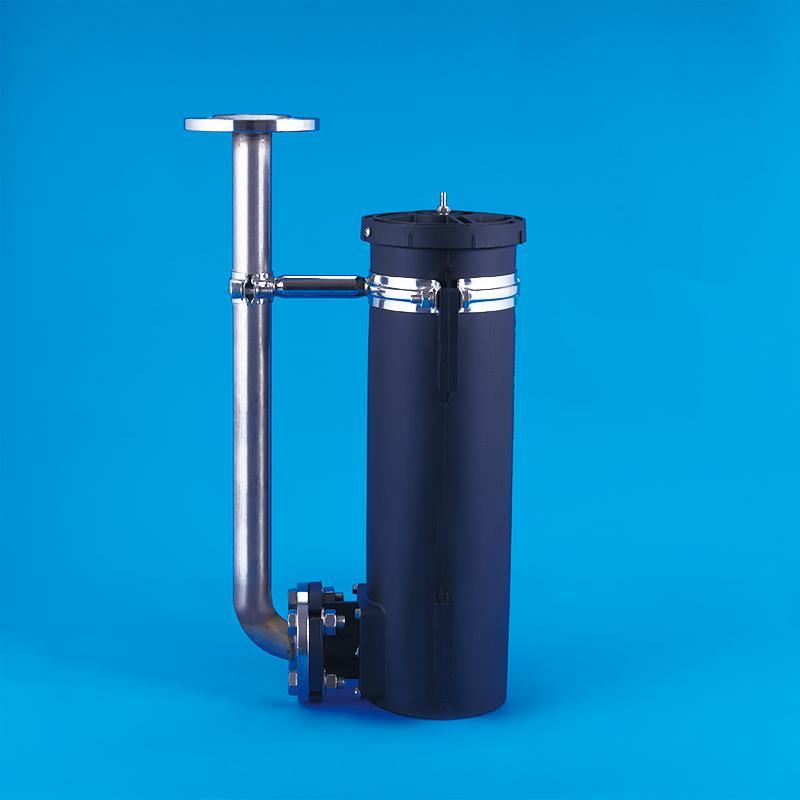ZX type high-efficiency cyclone aerator
ZX type high-efficiency cyclone aerator
ZX type high-efficiency cyclone aerator
- Product Details
- Product parameters
Product overview
ZX type high-efficiency cyclone aerator has the overall performance of super cyclone, dispersion and mixing, large ventilation, not easy to block, strong water flow stirring force, and no accumulation of sludge at the bottom of the tank, especially suitable for various pharmaceutical chemicals , papermaking and other wastewater treatment projects. The product is easy to install, with fixed installation and liftable installation, especially suitable for new construction, expansion projects and renovation of old aeration tanks.
Product technical features
1. High dissolved oxygen efficiency, low resistance and low comprehensive energy consumption.
2. The rising cyclone of gas and water is strong, the stirring force is strong, and there is no sludge accumulation at the bottom of the pool.
3. There is a multi-layer cutting structure inside the aerator to fully realize the gas-water mixing and improve the oxygen utilization rate. The specially designed cutting structure is optimized by fluid mechanics simulation, and the resistance loss is much smaller than that of the microporous aerator.
4. No blockage in long-term operation, no wearing parts of the aeration device, sturdy and durable without maintenance, stable performance, and a service life of more than 10 years.
5. It is easy to install. It can be installed in a liftable manner with or without water in the pool.

Working principle
ZX type high-efficiency rotary mixing aerator uses the high-speed gas from the outlet of the air pipe to blow into the mixing cylinder, and the surrounding water is brought into the mixing pipe to form a gas-liquid mixture, and moves upward at a high speed. After the mixture encounters the diversion rotating device, it rotates and moves upward around the inner core. When the mixture moves to the triangular protrusions on the surface side of the upper inner core, the flow will be branched to both sides of the protrusions, so that the pressure on both sides of the protrusions is higher than the pressure at the center of the upper surface of the protrusions. Due to the formation of the pressure difference, the bubbles will self-split during the pressure change to generate more cavitation-type micro-bubbles.
Technical parameters

